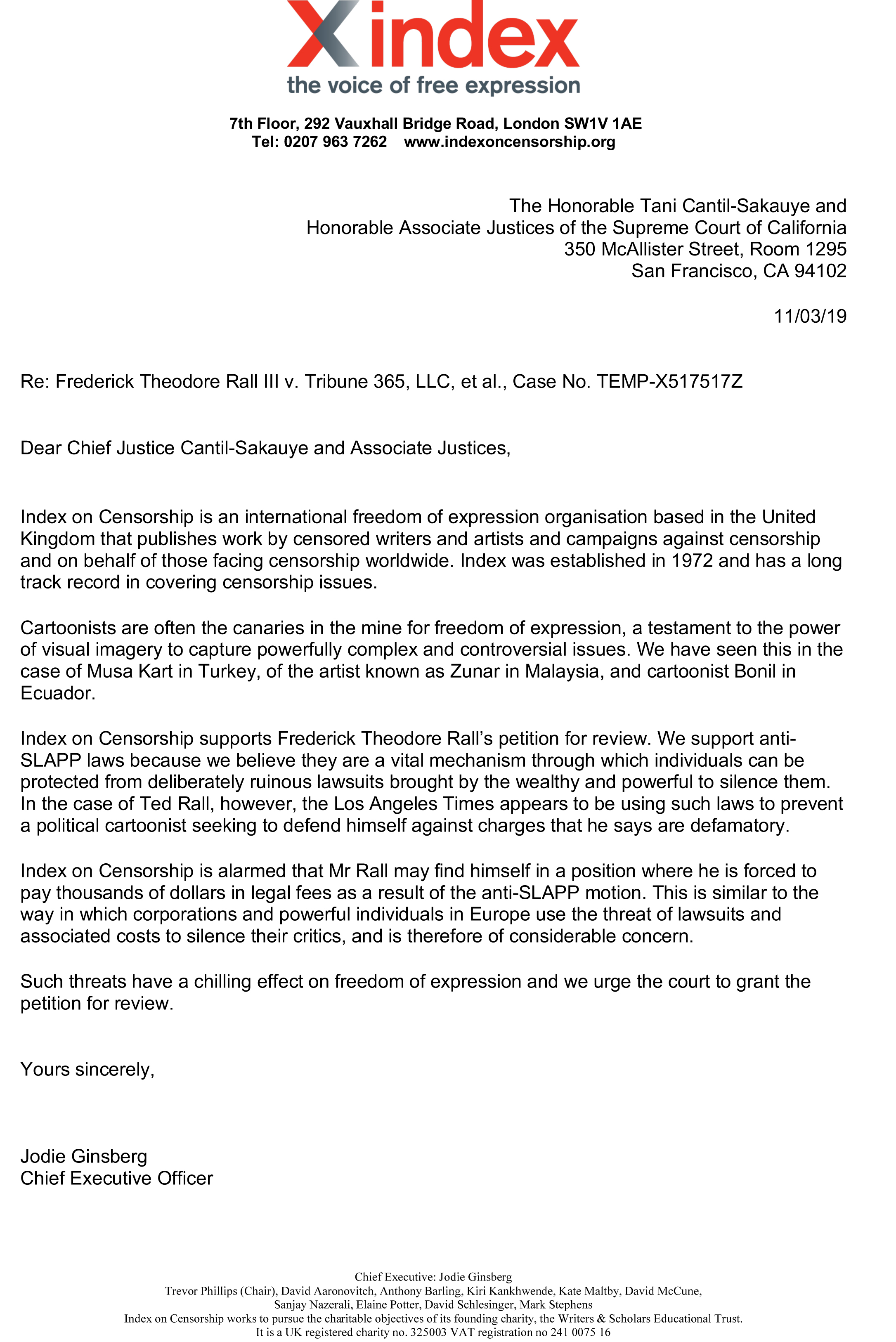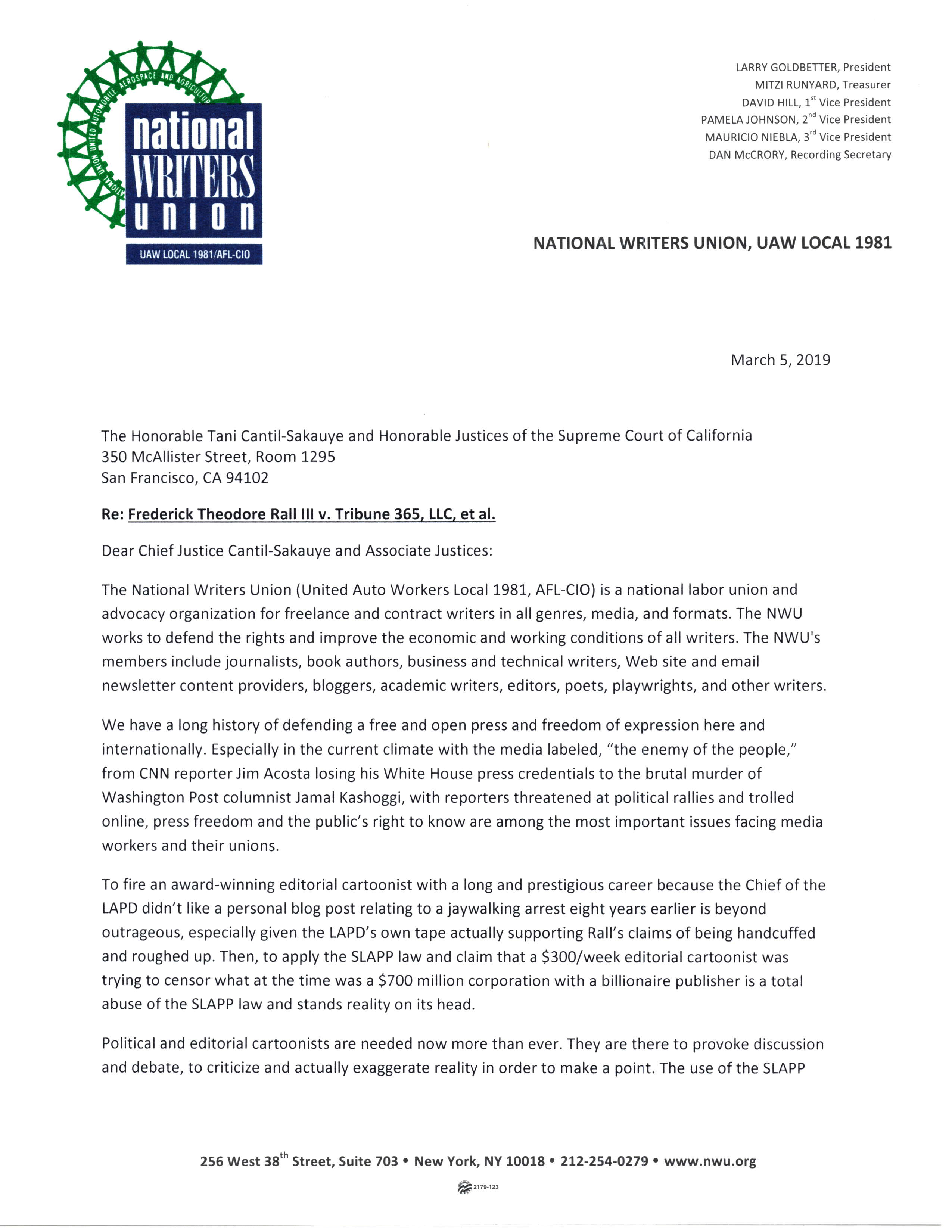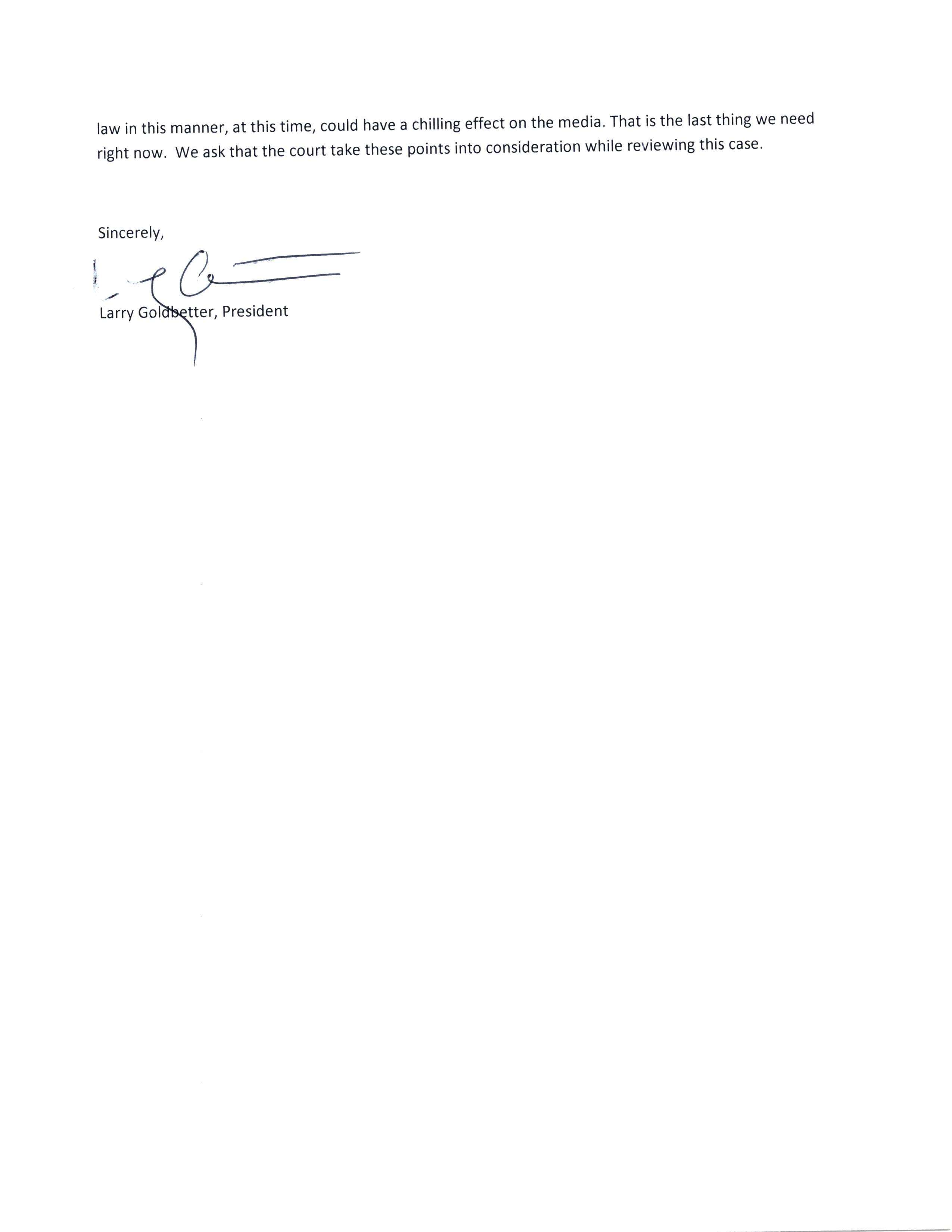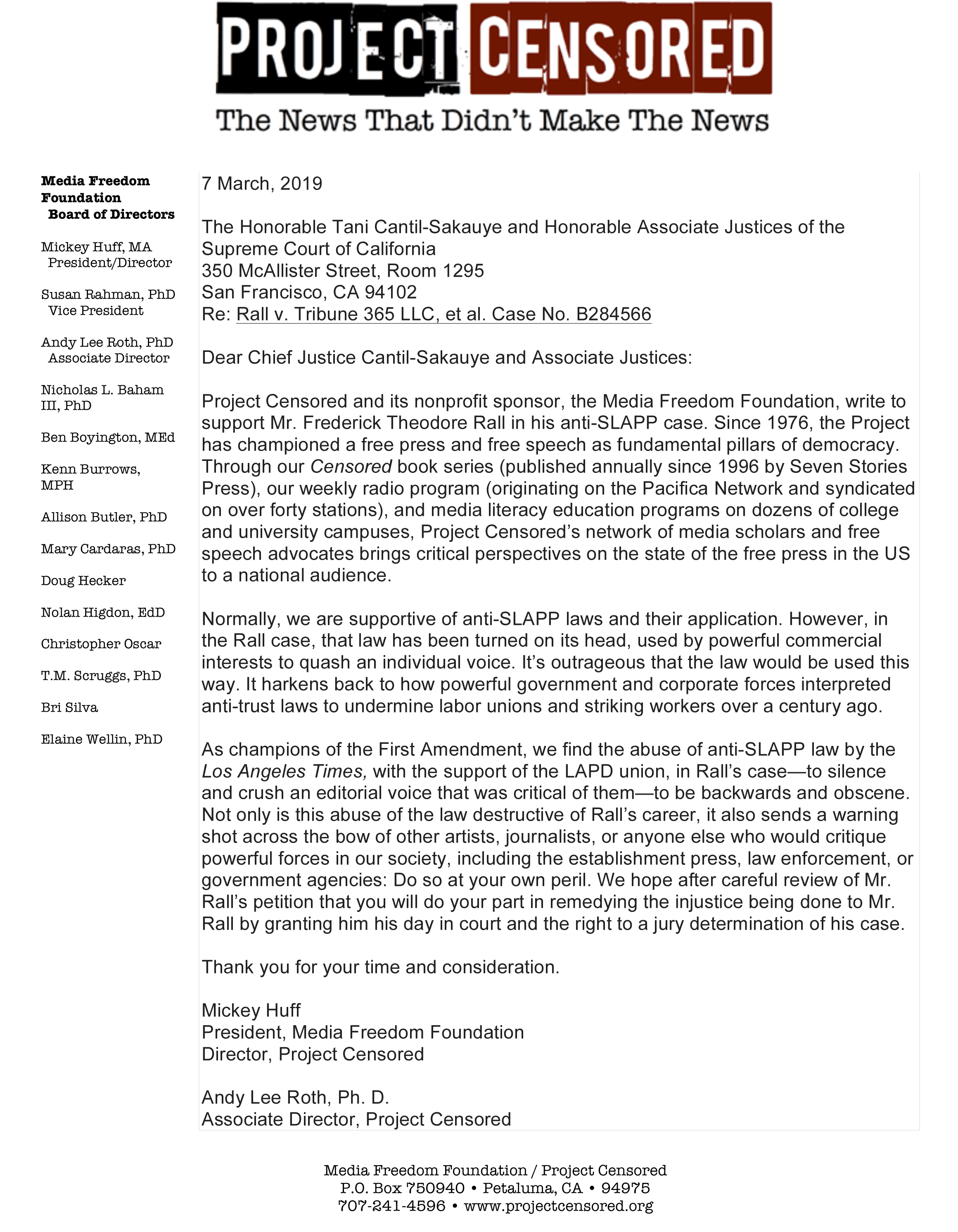American political cartoonists Ted Rall (from the Left) and Scott Stantis (from the Right) discuss the hottest issues of the week. Abortion is at the top of the news again in the week of a landmark lawsuit filed by five Texas women who almost lost their lives because Texas Republicans have banned abortion in the state. As the 2024 presidential campaign heats up, pro-choice sentiment hits a record high in the polls—what does this mean for Republicans? French President Emmanuel Macron’s plan to increase the national retirement age from 62 to 64 has united the French people against him. Biden and the Democrats think they have a winning issue here with Social Security and Medicare, given Republicans’ previous messaging on the entitlement programs. Corporate media lawyers fret that defamation defendants could be vulnerable to accountability for their newsroom decisions should Dominion Voting Systems prevail in their $1.6 billion libel claim against Fox News. Would that be so terrible?
Watch the Video Version of the DMZ America Podcast:
Ep 91 Sec 1 – Texas Abortion Lawsuit
Ep 91 Sec 2 – France’s Retirement Fight
Ep 91 Sec 3 – Dominion vs. Fox News Defamation Lawsuit

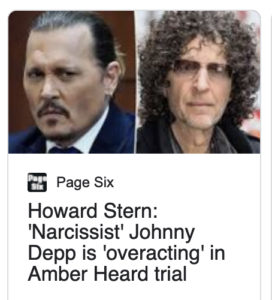
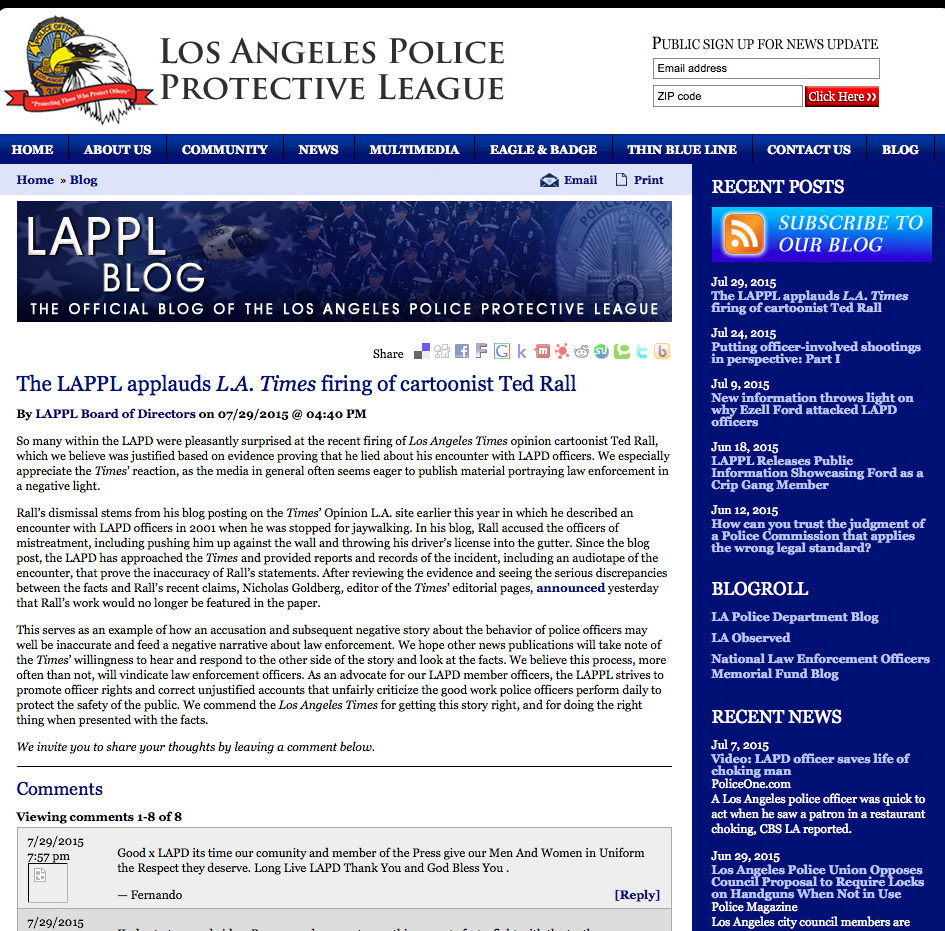
 In July 2015 a LA Times reporter informed me that the officer had secretly audiotaped my arrest, that the LAPD (actually, it was Police Chief Charlie Beck, see below) had given the Times (actually, to publisher Austin Beutner, see below) the tape and that the tape showed I had lied about being handcuffed and mistreated by the cop in a 2015 blog that was posted with a cartoon that I did for the Times about an LAPD jaywalking crackdown.
In July 2015 a LA Times reporter informed me that the officer had secretly audiotaped my arrest, that the LAPD (actually, it was Police Chief Charlie Beck, see below) had given the Times (actually, to publisher Austin Beutner, see below) the tape and that the tape showed I had lied about being handcuffed and mistreated by the cop in a 2015 blog that was posted with a cartoon that I did for the Times about an LAPD jaywalking crackdown. California’s anti-SLAPP (strategic lawsuit against public participation) law was designed to stop individuals and whistleblowers from being slammed by big corporations like real estate developers out to crush community activists by tying them up in court with frivolous defamation claims. After I sued the Times, Kelli Sager—a high-powered $715/hour attorney employed by such reputable enterprises as the National Enquirer to fend off legitimate libel lawsuits—hit me, a fired $300/week cartoonist, with an anti-SLAPP motion alleging that I was using my power and influence to deprive the Times of its First Amendment free speech rights. The Times is currently owned by Dr. Pat Soon-Shiong, who is reportedly worth
California’s anti-SLAPP (strategic lawsuit against public participation) law was designed to stop individuals and whistleblowers from being slammed by big corporations like real estate developers out to crush community activists by tying them up in court with frivolous defamation claims. After I sued the Times, Kelli Sager—a high-powered $715/hour attorney employed by such reputable enterprises as the National Enquirer to fend off legitimate libel lawsuits—hit me, a fired $300/week cartoonist, with an anti-SLAPP motion alleging that I was using my power and influence to deprive the Times of its First Amendment free speech rights. The Times is currently owned by Dr. Pat Soon-Shiong, who is reportedly worth 